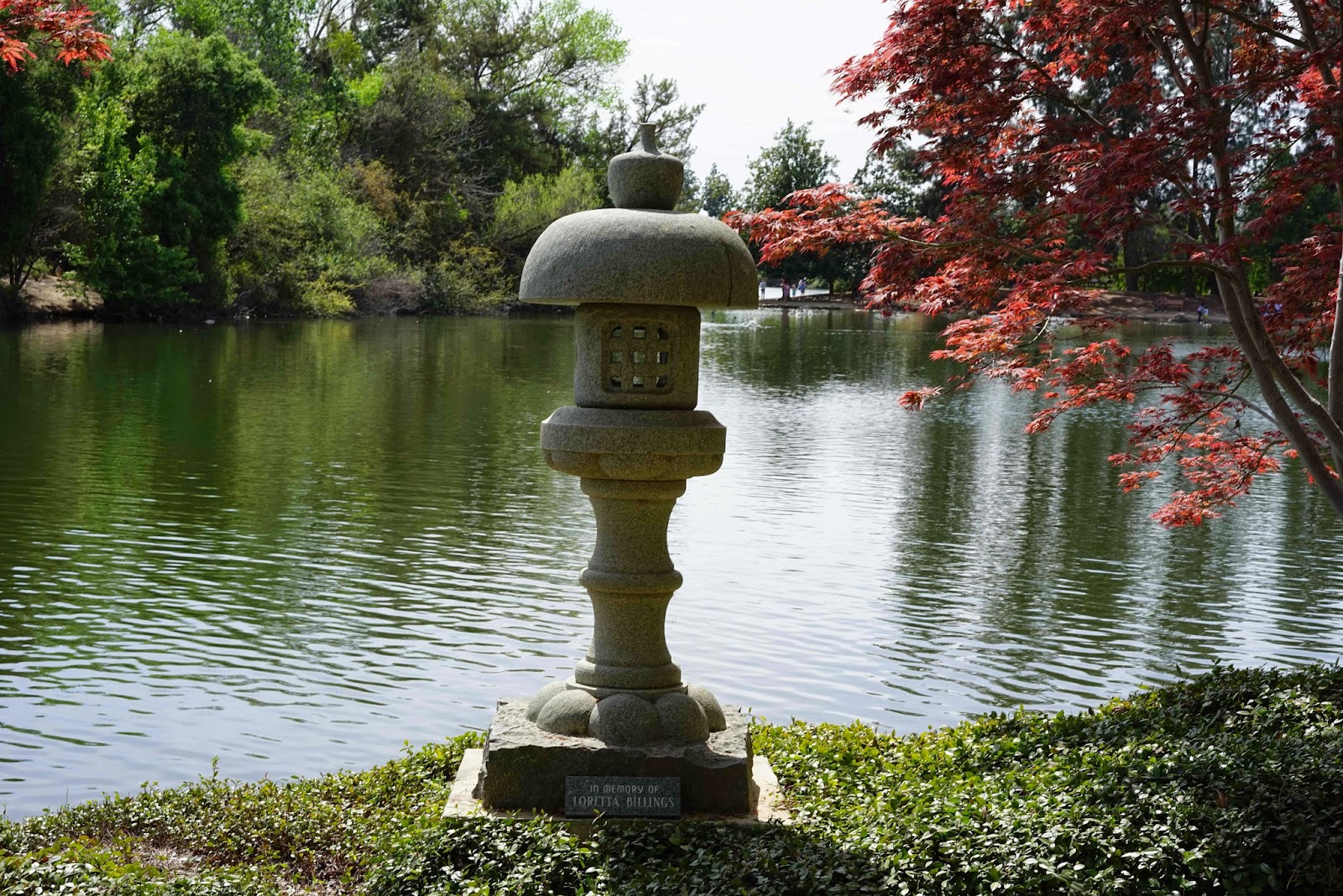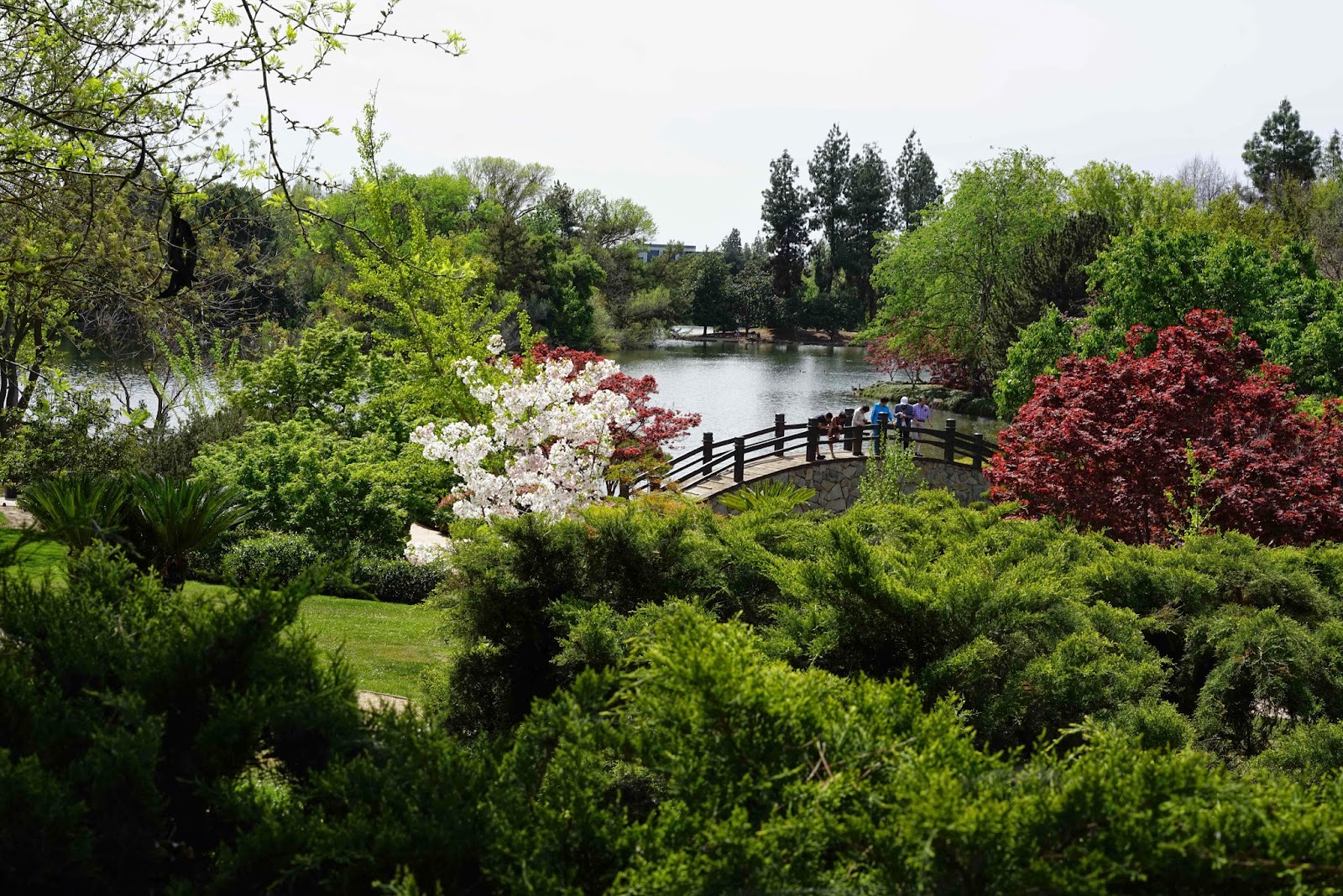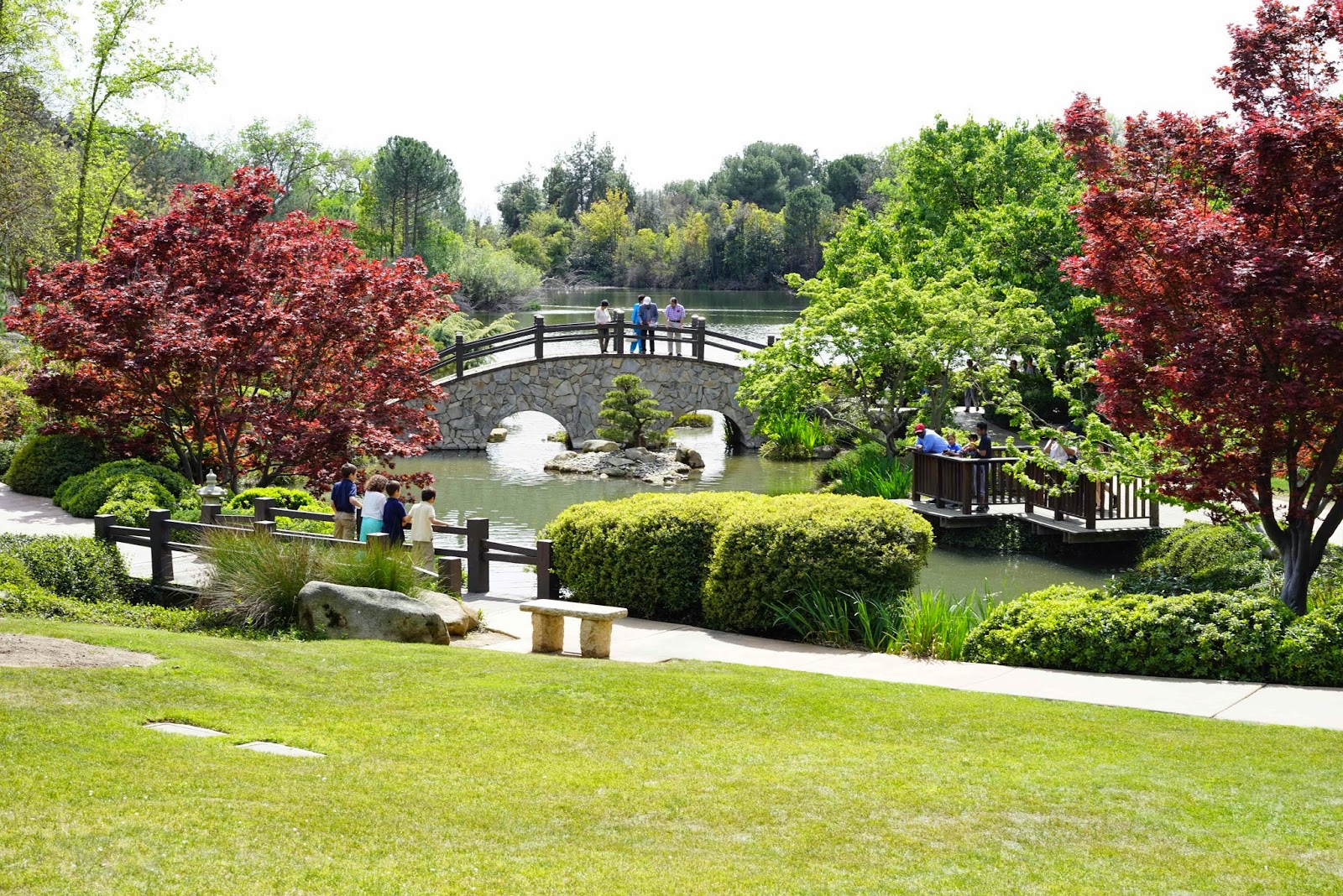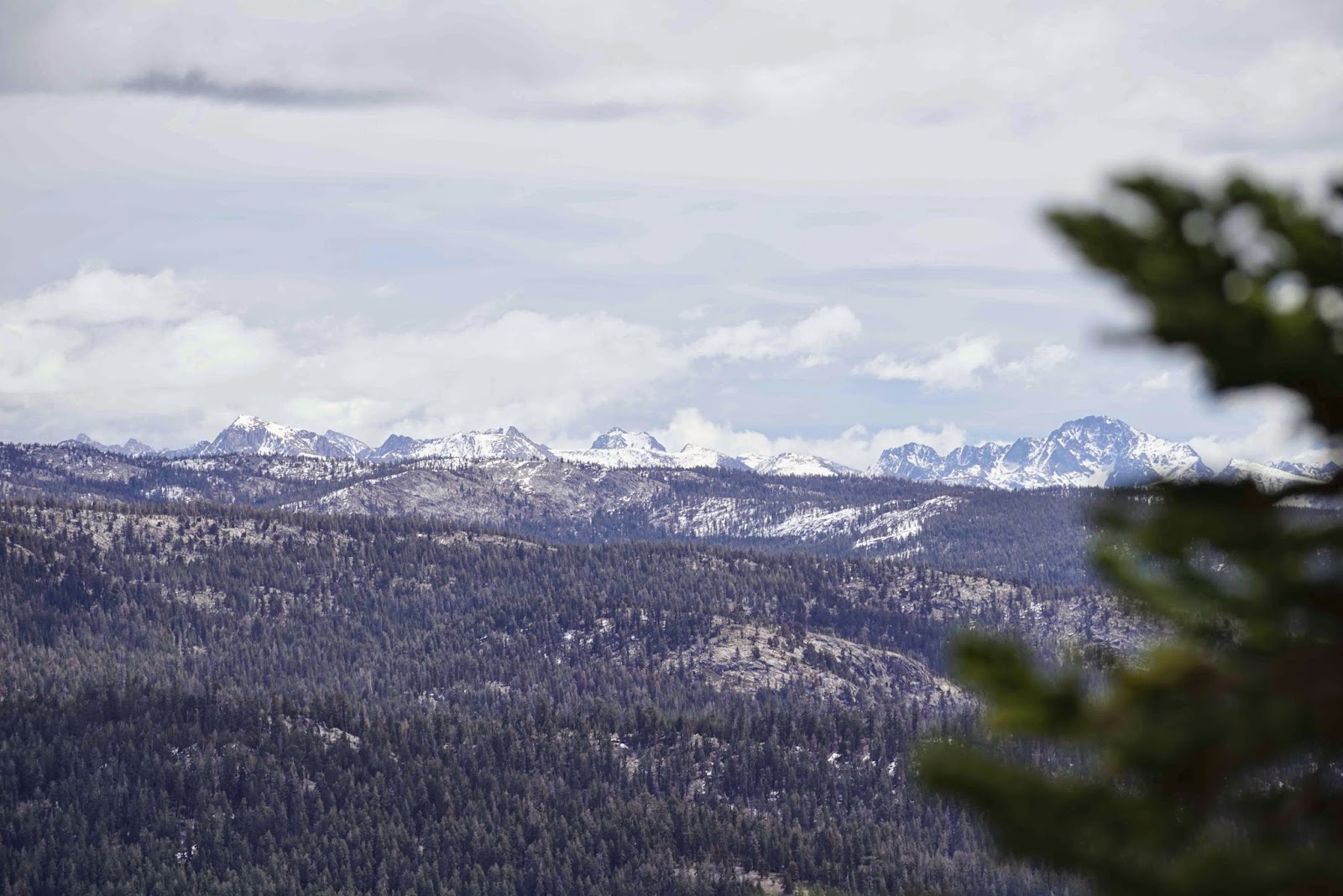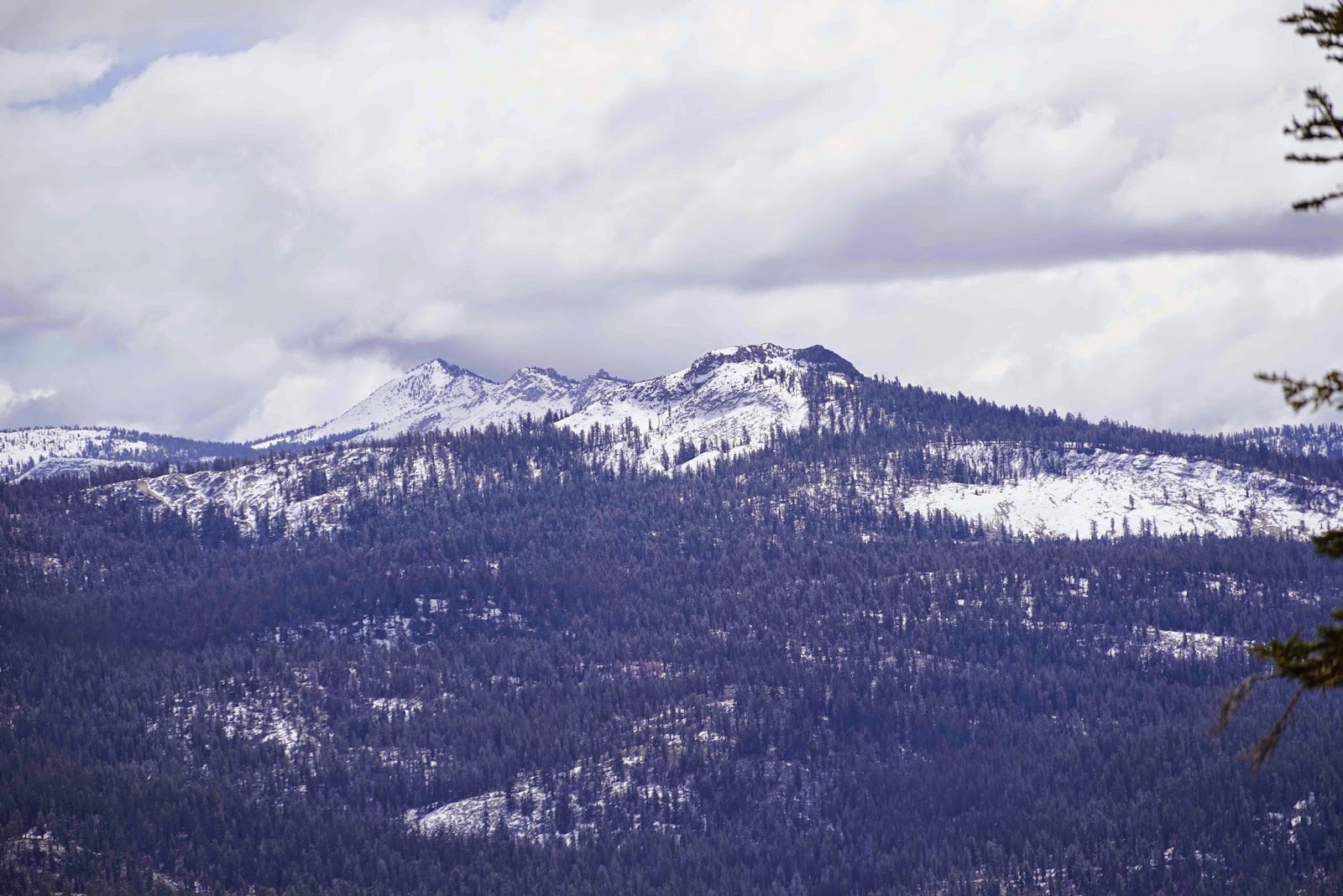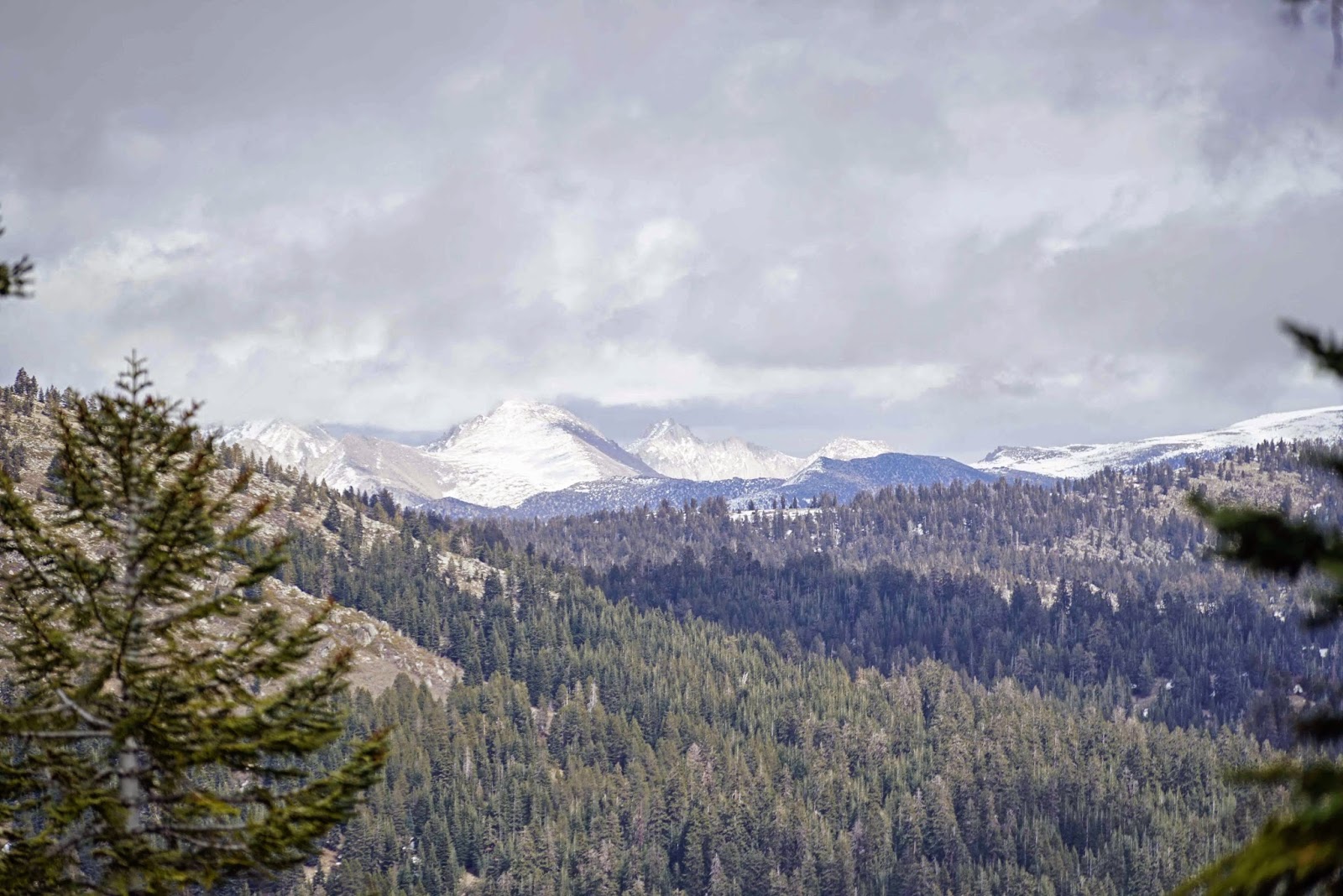The Following Article is from today's Fresno Bee. The online version can be found here: http://www.fresnobee.com/2015/03/30/4454631_rare-bighorn-sheep-herds-moved.html?rh=1
(Dale Matson)
BY MARK GROSSI
March 30, 2015
The next chapter in the restoration of the iconic bighorn sheep was played out over the last several days as two herds were moved into Yosemite and Sequoia national parks, federal officials announced Monday.
Efforts to restore the bighorn in the Sierra Nevada have been gaining steam since the animal was listed officially as endangered under the U.S. Endangered Species Act in 2000. Yosemite has been working on restoration since 1986, but the bighorn sheep was considered extinct in the park a century ago.
Twelve animals — nine females and three males — were moved from Inyo National Forest and Sequoia National Park into the Cathedral Range in Yosemite. In addition, seven females were relocated in Sequoia to the Laurel Creek area.
Widely regarded a symbol of the West, Sierra Nevada bighorn sheep are powerful, sure-footed animals. Adult males, called rams, stand more than three feet tall at the shoulder and weigh up to 220 pounds. Females, called ewes, weigh up to 155 pounds.
Wildlife officials say the sheep is the only federally endangered mammal in the three major national parks in Central California — Yosemite, Sequoia and Kings Canyon. Their high Sierra turf is generally 10,000 feet in elevation and above.
“With this week’s re-introductions, we now have bighorn distributed throughout all geographic areas identified as critical habitat in the recovery plan,” said Tom Stephenson, leader of the recovery program with the California Department of Fish and Wildlife, one of the participating agencies in the move.
The bighorn sheep population in the Sierra bottomed out at about 100 individual animals before federal protection was extended in 2000. Its population has grown to more than 600 individual animals.
There were thousands of these sheep before settlers arrived more than a century ago and began unregulated hunting. Diseases from livestock, such as domestic sheep, also caused big reductions in their numbers.
Each relocated animal was fitted with a radio collar and a Global Positioning System collar to track movements in their new environment, where they are expected to thrive. The protected national park areas should be far enough from domestic sheep grazing to prevent diseases from passing into the herds.
“This is a legacy event for Yosemite National Park and the bighorn sheep,” said Don Neubacher, Yosemite National Park superintendent.
Yosemite Conservancy funded equipment and experts to bring the new herd into Yosemite, as well as the GPS collars to track the animals’ movement and location. Over the past 20 years, the conservancy has funded nearly $630,000 to help protect bighorn sheep.
Sierra Nevada Bighorn Sheep Foundation and Wild Sheep Foundation funded the moves into Sequoia National Park.
The state Fish and Wildlife Department, Yosemite, Sequoia and Kings Canyon National Parks, Inyo National Forest and the U.S. Fish and Wildlife Service all were involved in the work.
Contact Mark Grossi: mgrossi@fresnobee.com, (559) 441-6316 or @markgrossi on Twitter.




















